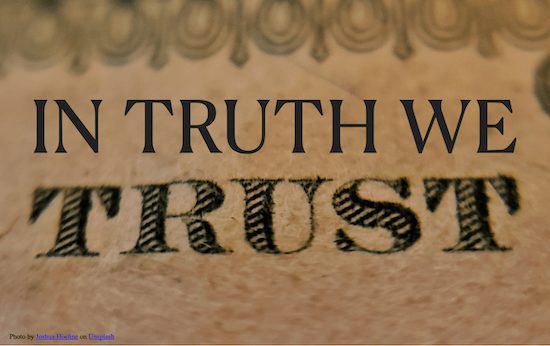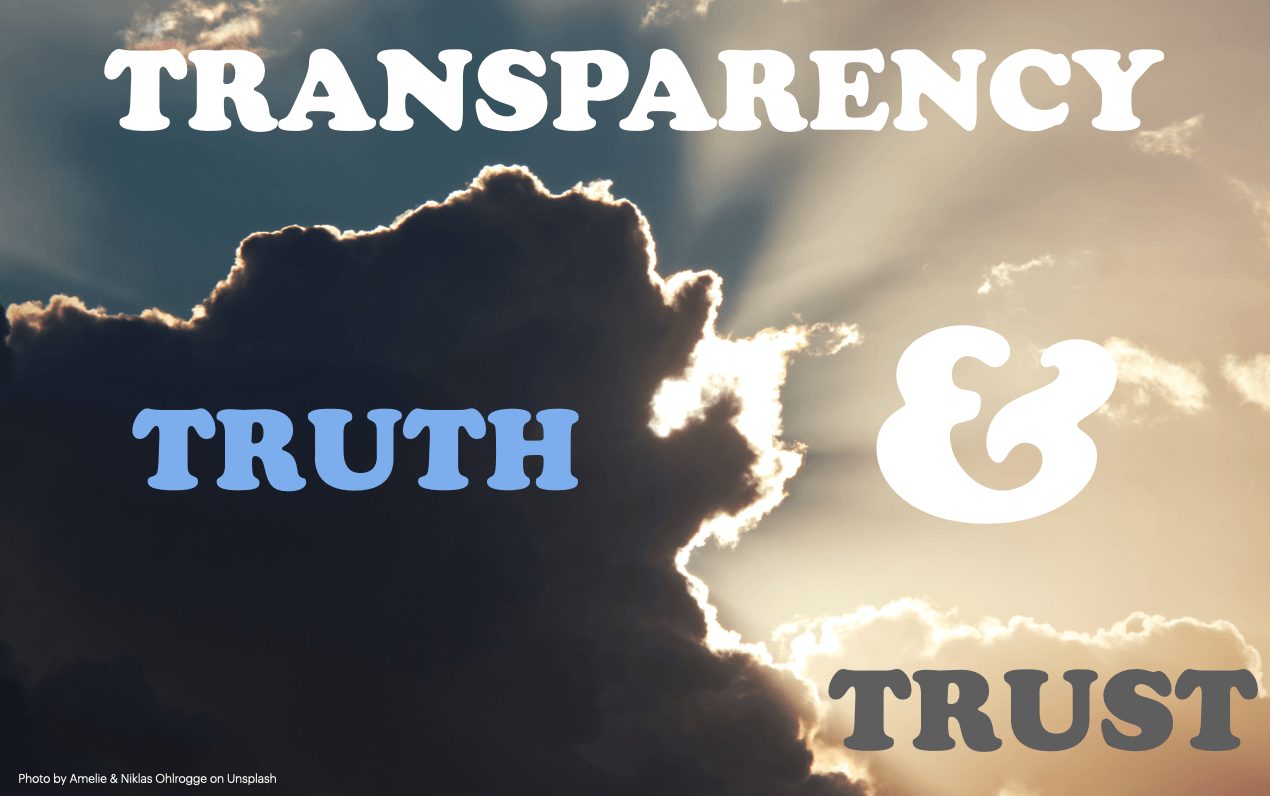“If you are running elections anywhere in the world, and you go to the public and you tell the truth the whole truth, nothing but the truth about the nation, you have 100% guarantee of losing the election…. People don’t want to know the whole truth.”
This quotation comes from a wide-ranging interview of Yuval Noah Harari on the podcast, “Your Undivided Attention.” He describes how nations and companies are abstract concepts or stories to which we give meaning, but are not physical or biological realities, unlike mothers, rivers or mountains. As such, they are by definition a type of fiction. One of our defining paradoxes as human beings is that we seek truth but gravitate toward stories. Truth and facts or stories and approximations? They seem to be inconsistent, if not opposites. The elements that bond the opposing forces lies within you: your intention and integrity. What is your purpose and are you being honest with yourself? To lead is to know how to galvanize people around an uplifting idea that matters. What is your idea and how are you going to allow people to own it? In that communication is the lifeblood of any organization, the content and methods of communicating are vital to master.
“So, what’s it to be? I hear you asking: truth or stories? The consideration here is that truth is far from an objective notion. Meanwhile, good stories, even when they are fictional, reveal truths about us and/or our society at large.”
From You Lead (page 81)
What does this mean for you as a leader? You need to know your facts and figures; but you ought to relate and deliver via stories, whenever possible with a personal touch. If you are honest in your intention, you’ll be better able to tap into your emotions and tell stories that motivate people. As Arnie Miller, the founder of Matrix (a professional haircare brand, now owned by L’Oréal), used to say, “You need to move the people who move the product.”
In pursuit of truth?
In the context in which many of us find ourselves with this pandemic, we’re faced with an “unprecedented” situation for which we have no appropriate hook to hang our hat on. We have no useful historical data or past experience that will help us navigate these stormy waters. In the same vein, we can’t rely on the merlin of all technologies, artificial intelligence, to get us out of the jam because we don’t have any good data to feed the machine. Moreover, what “facts” we have can sometimes be diametrically opposed to one another. We have people with diverse agendas laying out narratives to stake out their version of events. All this being amplified in a cacophonous, multi-channel, multi-national, multi-media environment. Truth seems like a noble thing to aim for. But are we actually looking for truth, or rather are we wishing to connect up the dots, data and patterns that best suit our filter and mindset? Is the pursuit of truth supposed to act as a calmant, to reassure us? Or is it just an alibi to occupy our busy minds? Because if we truly get the bona fide truth, will we like it?
An agenda behind calls for transparency?
Much like seeking truth, quests for transparency represent an effort to understand what’s going on behind the subterfuge or confusion. On the face of it, a call for transparency is harmless if it weren’t for the fact that information always exists in a context and comes with a filter. It is increasingly clear that calls for transparency inevitably also come with an agenda. When we discover the facts that were previously obscured, what next?
In Truth We Trust?

As we have seen with studies like the annual Edelman Trust Barometer, there continues to be significant mistrust of employers by employees and of marketers by customers. When you’re in a position of authority or have an need to convince others, you can help to curry favor or build trust by providing transparency on your motives, methods and the inside-sauce. Speaking honestly and revealing the full workings going on behind the scenes is tricky because you may be opening up the kimono to less attractive elements as well. It’s a slippery path to tread. Only shedding light on the best side of what you do (i.e. attempting to control or manage the narrative) will not get through the BS detectors that so many of us have developed. To become truly trustworthy, you need to be know how to admit your imperfections and learn to apologize with sincerity.
Bringing your full personality
Gaining or regaining trust is a tricky affair. In business, many executives will quickly point to the trust in and excellence of their product. However, people are involved all along the value chain. Inside and outside the company, a brand is re-presented by people. People don’t blindly trust a company. They build up that trust through a number of interactions and relationships. Take Apple. They built up their fanbase with purpose around communities of interest (designers and education), supported by an enormous corps of volunteers who provided customer service through message boards and forums. Even with their size today, if it weren’t for the tangible stores with their blue-clad geniuses along with vast customer service centres, it is evident that their sheen (and continuing success) would have tapered long ago. I find that Apple is far perfect, but they’ve done a remarkable job of allowing their geniuses to be themselves behind their uniform. Despite its size, I feel I still have a personal relationship with the brand.
A leader’s recipe for trust?
But, relationships are by definition messy and trust can be fickle. There’s no single prescription, but I tend to believe it requires a cocktail of always showing up, making sure your video aligns with your audio (to quote Robin Sharma), that you are prepared to share your weaknesses and vulnerabilities, and to know how to listen, ask for help and recognize when you’re wrong. Providing facts, speaking the truth and being transparent are all well and fine, but showing your humanity and telling personal stories are deeply embedded in our reading of trustworthiness. As Stephen Covey has said, “trust is the glue of life.” Trust is the foundation of any solid relationship and is also the invisible glue that makes remote work function.
For leaders running organizations where trust is low (among employees, stakeholders and/or clients), providing transparency can help, but it comes with risks. Merely spewing facts or believing you’re speaking the truth won’t suffice. Others own the perception of your trustworthiness. It’s a long game and it can be frustrating, but you’ll need to bring your full personality to the fore to gain long-term trust. How much transparency you bring to the fore will depend on your context and intentions. To be transparent in business must be an organizational project, where everyone is on board and aware of the parameters. It’s clear that transparency is a strategic issue. To get the ball rolling, as Benoît Quémar, founder of CEMEO suggests, ask yourselves what the word “transparency” means for you?











